Stamp collecting is one of the most popular collecting hobbies in the world. Young people, old people, rich people, and poor people in every country collect stamps. Stamp collecting has been called “the hobby of kings and the king of hobbies.” King George V of the United Kingdom, Franklin D. Roosevelt, and many other famous people have collected stamps. Students of stamps are called philatelists. The name comes from two Greek words, philos, meaning loving, and atelos, meaning free of tax, or paid. Stamps are signs that the postage, or tax, has been paid.
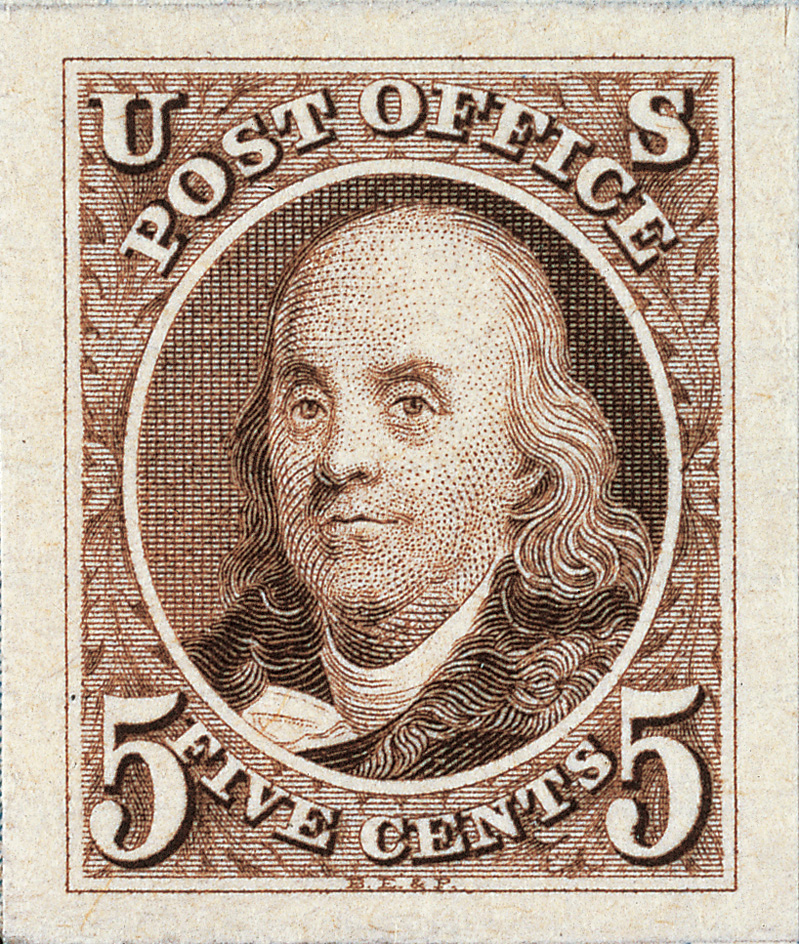
Origins
The United Kingdom issued the first stamps to prepay postage on letters on May 6, 1840. These first stamps were a one-penny stamp (now known as “The Penny Black”) and a two-pence stamp. Complete envelopes designed by William Mulready were also sold in the same values. But these were discontinued. The United States did not issue any stamps until 1847. By that time, several other countries had already tried the newly invented stamp. Among them were Brazil, Mauritius, and the cantons (states) of Switzerland. By 1860, almost every country had adopted stamps as a method of paying postage.
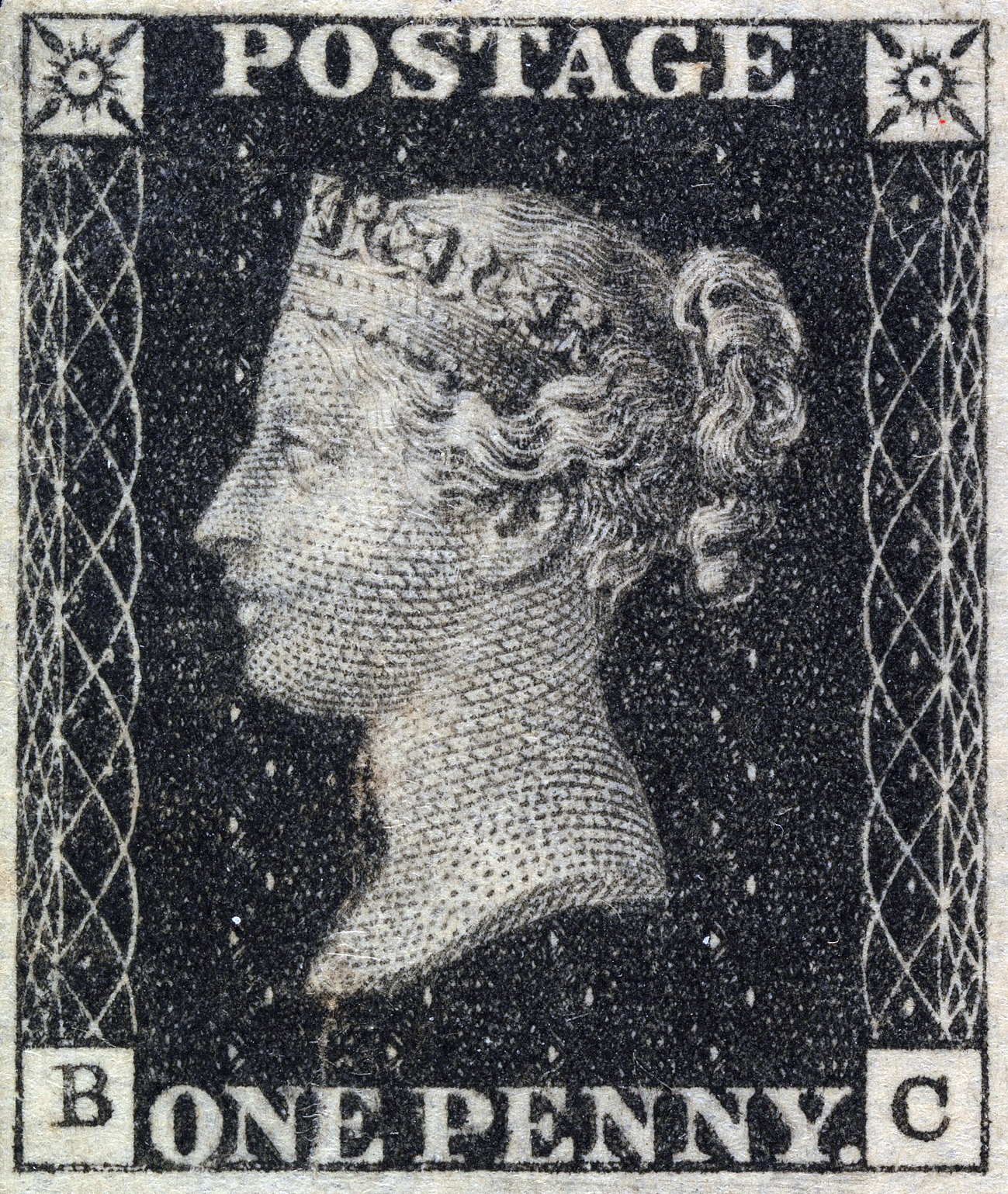
No one knows exactly when stamp collecting started. It probably occurred right after the first stamp was issued. We do know that the first stamp catalog was published in 1864 by an Englishman named Mount Brown. Since then, catalogs of stamps have been published in almost every country. A great many books and magazines about stamps have also been published.
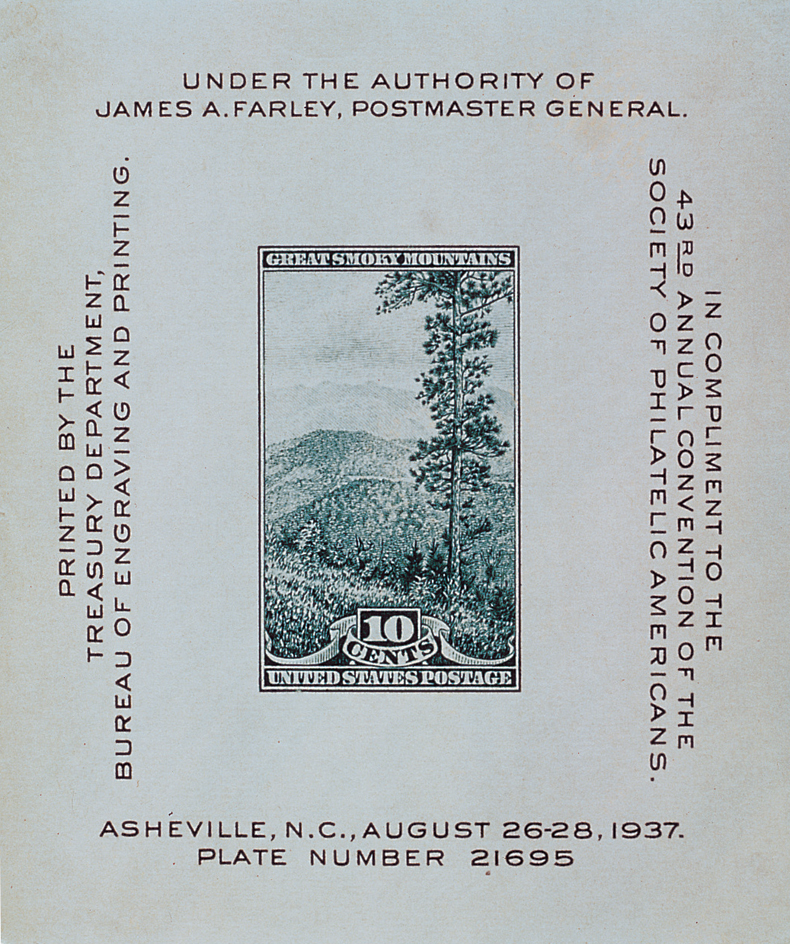
People soon discovered that some stamps were harder to find than others, often because smaller quantities were printed. Collectors traded rare stamps and soon began selling them to each other. Prices rose as more people began collecting stamps. A three-shilling 1857 Swedish stamp sold for $2,260,000 in 1996. Sometimes errors are made in printing stamps. Such stamps are usually rare and may become very valuable. For example, 100 24-cent United States airmail stamps were issued in 1918 with the airplane mistakenly appearing upside down.
Ways in which stamps differ
Small differences in stamps mean a great deal to the stamp collector. Stamps which look the same to the beginner might seem entirely different to the expert.
Philatelists study many things, such as the paper and inks used, the way the stamps are separated, the printing process, and postal history.
Paper.
The surface of paper may be finished in various ways. Paper with a plain finish is called wove. Paper which looks as though it has bars in it when it is held up to the light is known as laid. Tiny pieces of colored silk like those in a dollar bill are used in silk paper. Pieces of silk so small they can hardly be seen are used in granite paper, which is grayish in color. Sometimes paper is made with a design called a watermark, which is pressed into the wet paper with wire. The wire can be laid in any shape. Stamps may look the same but have different watermarks. Philatelists consider these as different stamps. The watermark can be seen by holding the stamp up to the light or by placing it face down in a dark-colored dish and pouring watermark fluid on it.
Ink.
Stamps are printed with different colored inks. Variations of the color of the basic ink make the stamps different for the collector. For example, a blue stamp differs from an ultramarine stamp. But sometimes a stamp’s color changes with age, making it difficult to determine the original color accurately.
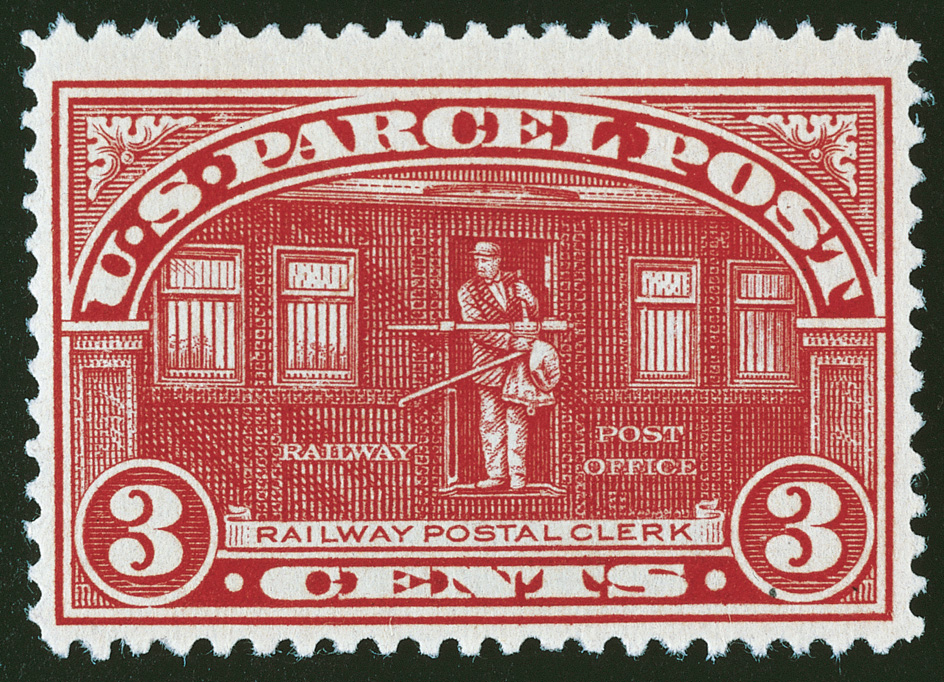
Printing.
A stamp may be printed by one of three basic methods—and intaglio. Relief printing is made from a raised design. Planographic printing is made from a design level with the surface of the printing plate, and intaglio is printed from a design cut lower than the surface. The most common form of planographic printing is called lithography. One form of intaglio printing used for stamps is called engraving. The ink is slightly raised, just as it is on an engraved calling card. Another intaglio process is gravure. See Printing .
Separations.
The first stamps had to be cut apart with scissors. Such stamps are called imperforate. Soon perforations (little holes) were punched between the rows of stamps. Stamps that have a different number of holes per two centimeters along any edge are also considered as different stamps. Sometimes the separations are slits cut with a knife, but with no paper punched out. This form is referred to as a roulette.
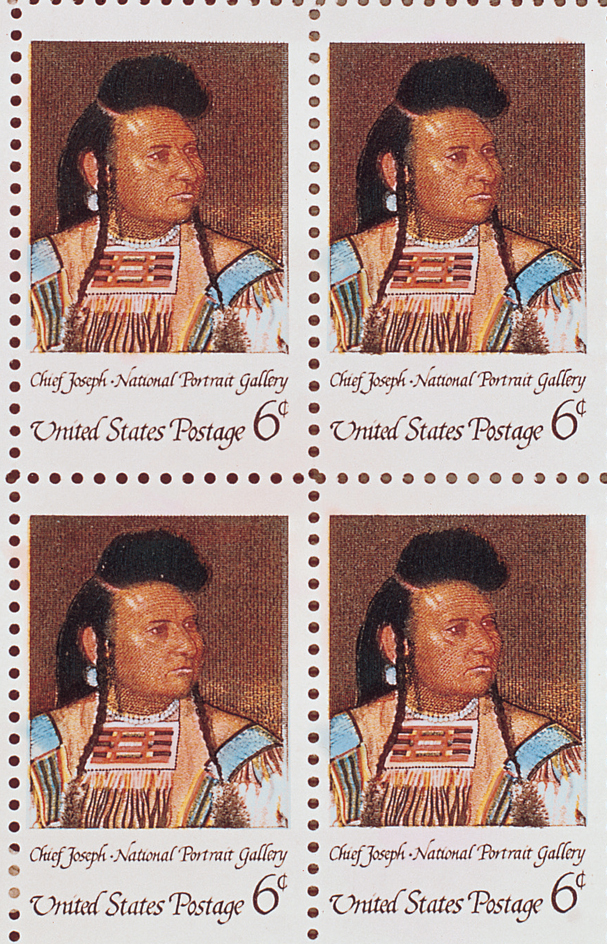
Cancellations.
The marks placed on a stamp to show that it has been used are called a cancellation. Cancellations show postal history. Used stamps are often left on envelopes, and early stamps may be more valuable that way. Envelopes with a stamp canceled the first day it was issued are called first day covers. Collectors are interested in such cancellations, particularly on earlier issues.
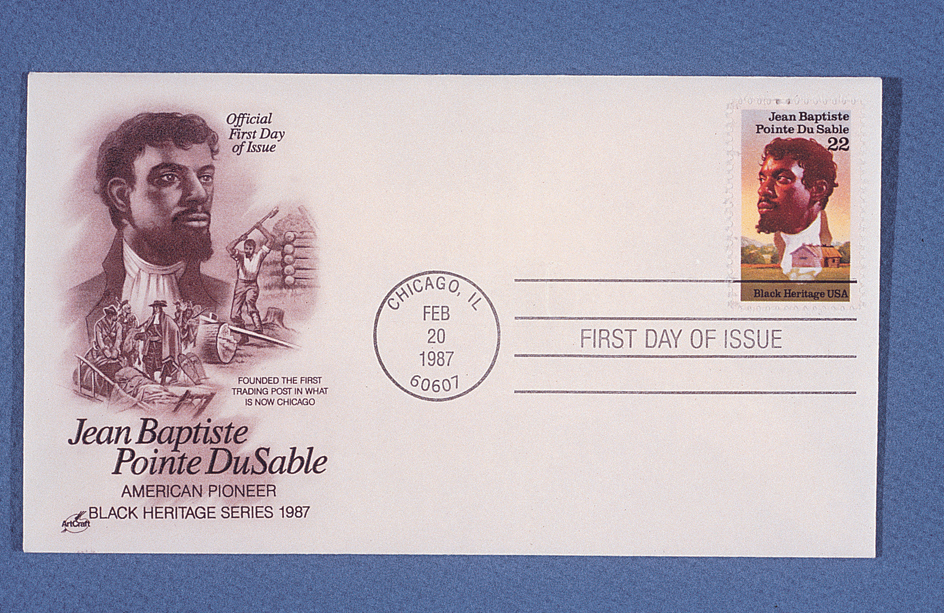
Surcharged stamps.
Countries often change stamps by overprinting something new on an old stamp, instead of issuing a new one. A new value, called a surcharge, may be printed on an old stamp. When a country is overrun in war, the conquerors often print their names on the stamps of the fallen country.
Special stamps.
Many special stamps are issued, in addition to plain postage stamps. A country may honor or commemorate an event or famous person by issuing commemorative stamps. The first U.S. commemorative stamps were issued in 1893. They were called the Columbian issue, in honor of the four-hundredth anniversary of the discovery of America. A stamp sold for more than the cost of postage is called a semipostal. Such stamps have been issued by many countries, but not by the United States. Extra funds from semipostals have been given to charity, and to help finance fairs, youth clubs, and the rebuilding of a cathedral.
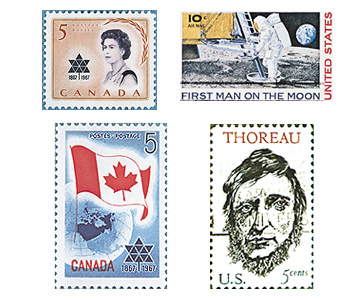
Many types of special stamps are issued by various countries. Among such stamps are airmail, parcel post, official, postage due, provisional stamps for emergencies, pneumatic tube, special delivery, and personal delivery. Other types of special stamps include registration, occupation during war, postal savings, newspaper, special handling, and combinations of special services.
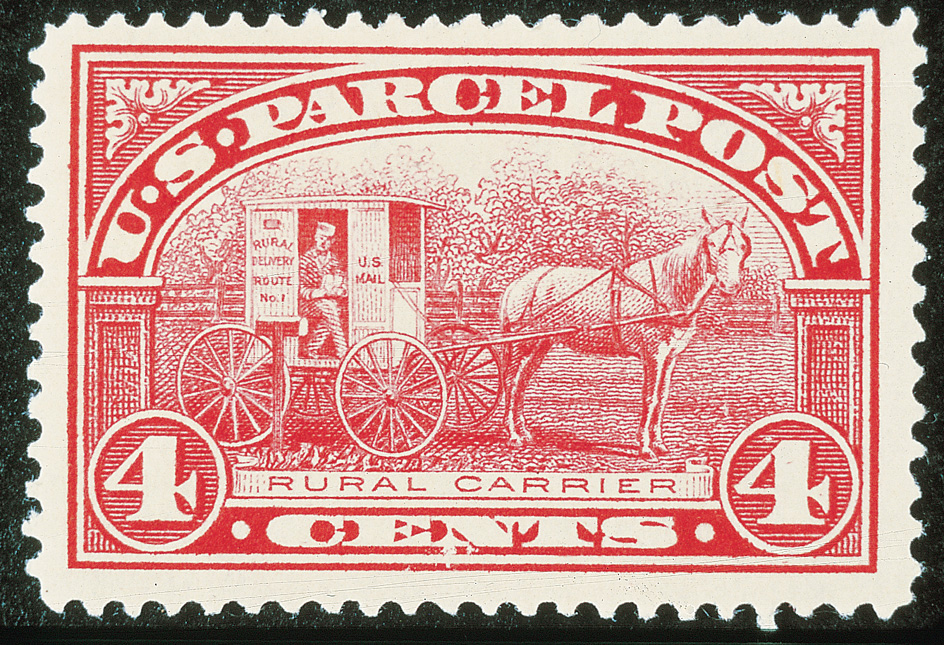
Other reasons for collecting.
A large number of people like to collect stamps just for the pictures of odd and out-of-the-way places and things. Some people collect stamps of one country only. Other people collect only stamps showing birds, or railroads, or ships. The reason for collecting stamps does not matter as long as the collector has fun.
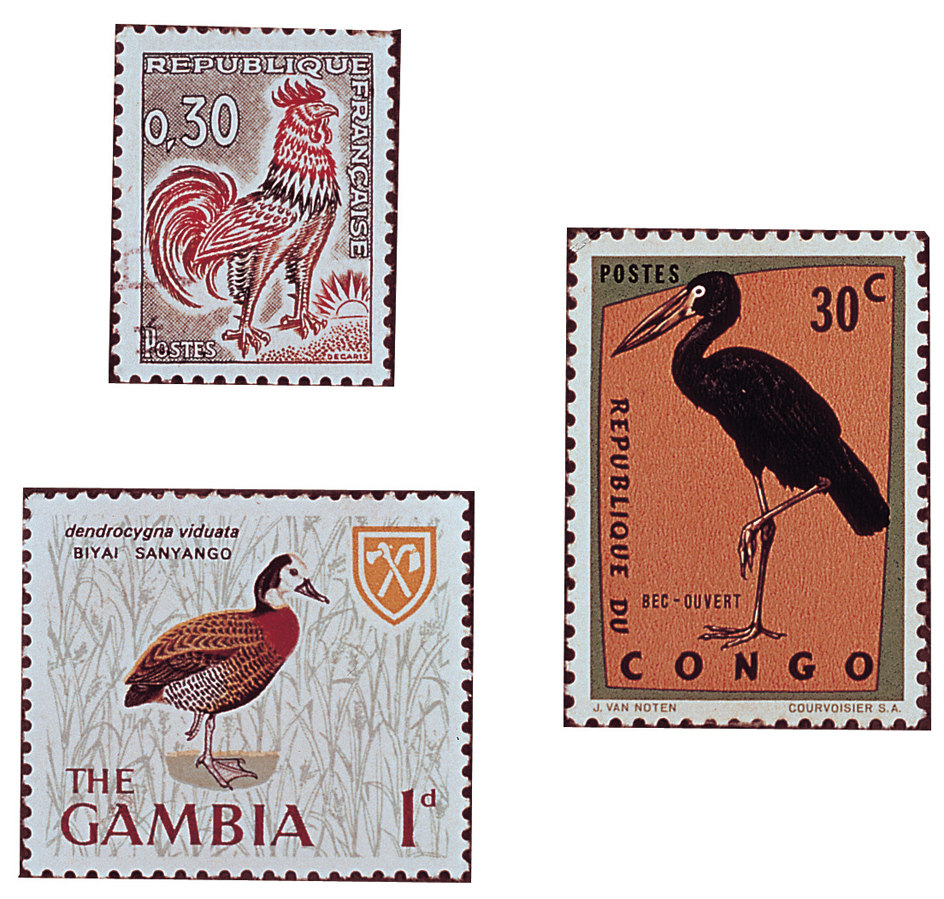
See also Stamp .
